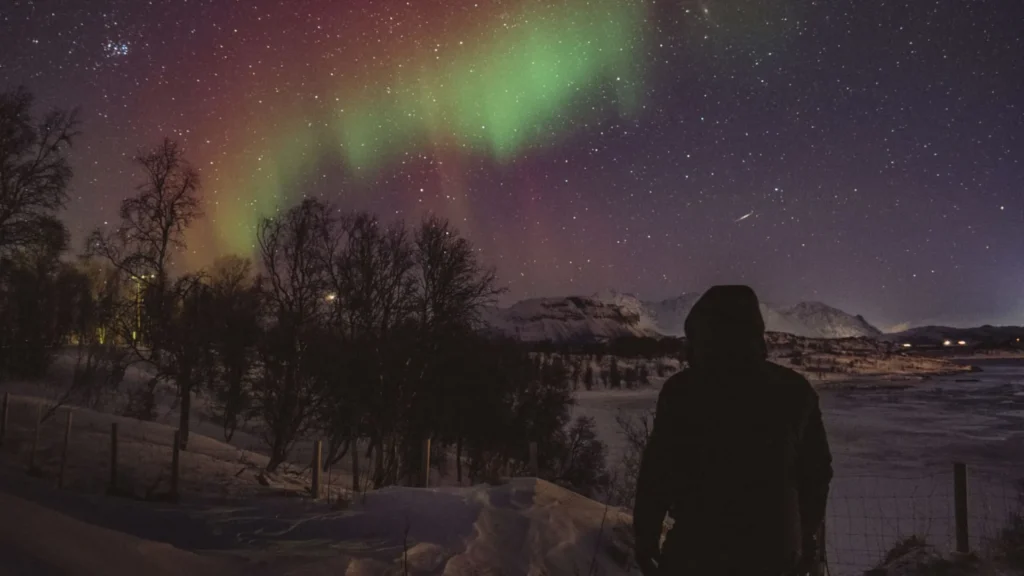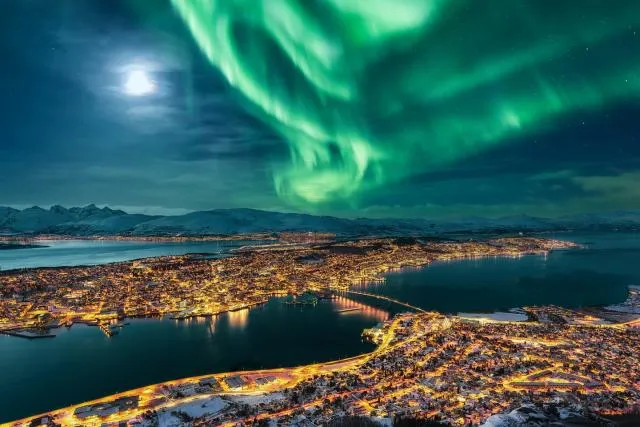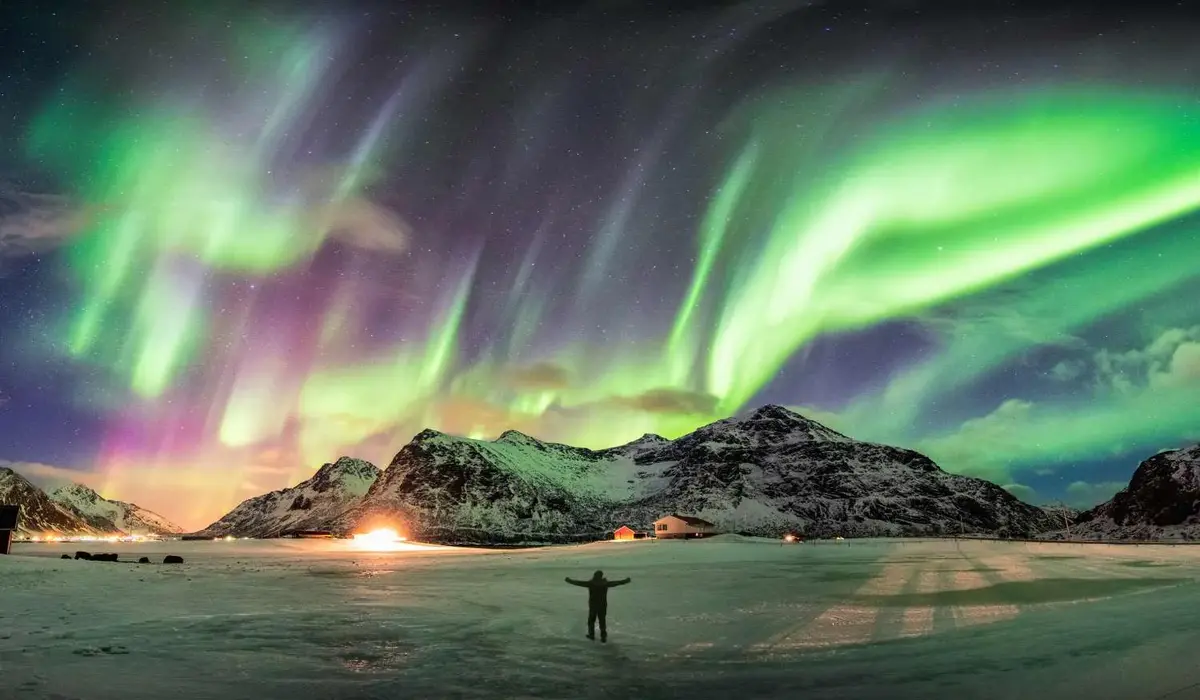In 2025, a surprising global travel trend has emerged from the shadows—Noctourism, also known as the “midnight travel revolution.” Once considered the domain of jet-lagged arrivals and partygoers, nocturnal tourism now represents a cultural and economic movement. With travelers seeking cooler temperatures, less-crowded landmarks, and immersive nighttime experiences, Noctourism is transforming how we view cities, landscapes, and leisure.
From moonlit camel treks in Morocco to midnight museum tours in Tokyo, travel after dark is no longer a niche—it’s a phenomenon reshaping the industry.
What is Noctourism?
Noctourism refers to traveling, sightseeing, and engaging in leisure activities primarily at night, typically from 8 PM to 6 AM. Unlike traditional nightclubs or evening restaurants, Noctourism focuses on intentional, structured nighttime experiences that replace or enhance daytime itineraries.
It’s about exploring the mystique and serenity of destinations after dusk, where cities reveal a different face, and nature speaks a quieter language.
Why Noctourism is Booming in 2025
Several global shifts have catalyzed this nocturnal travel boom:
🔥 Climate Adaptation
As heatwaves intensify worldwide, travelers—especially in southern Europe, the Middle East, and parts of Asia—prefer to avoid oppressive daytime temperatures. Night travel offers a cooler, more comfortable alternative.
🧠 Mental Wellness & Tranquility
Nighttime adventures offer a peaceful, introspective environment. With fewer crowds, less noise, and softer light, tourists find a meditative calm that promotes mental health and emotional recovery.
🌍 Digital Nomad Flexibility
Digital nomads and remote workers operate on flexible schedules. Many now explore cities at night, using the day for rest or work.
✨ Novelty & Instagram Appeal
Unique night visuals—like bioluminescent beaches or glowing cityscapes—create social media-friendly moments that daytime can’t always replicate.

Iconic Destinations Embracing Noctourism
🌃 Paris, France
The “City of Light” is taking its nickname seriously. Midnight Seine River cruises, 24-hour patisserie tours, and after-hours art galleries make Paris a noctourist’s dream.
🕌 Istanbul, Turkey
From late-night calls to prayer echoing over the Bosphorus to midnight bazaars in Sultanahmet, Istanbul’s ancient streets glow with nocturnal energy.
🏜️ Dubai, UAE
Dubai offers air-conditioned night safaris, moonlit desert camping, and 3AM shopping festivals at its malls.
🌌 Kyoto, Japan
Zen temples, bamboo forests, and geisha districts offer quiet, surreal night walks steeped in cultural beauty and history.
🎡 Las Vegas, USA
Already built for the night, Vegas now offers curated “Zen Midnight” tours: nature escapes and stargazing beyond the Strip.
Types of Noctourism Experiences
Noctourism isn’t one-size-fits-all. It caters to many interests:
🌠 Stargazing Tourism
Rural Iceland, Namibia, and Patagonia lead in astro-tourism, offering telescope-equipped lodges and guided constellation walks.
🦉 Nocturnal Wildlife Tours
Explore night-active ecosystems in places like Costa Rica, Borneo, or the Australian Outback, where bats, owls, and frogs dominate the experience.
🛶 Night Kayaking
Bioluminescent bays in Puerto Rico and Thailand turn every paddle stroke into a glowing trail—stunning and serene.
🎨 After-Hours Museum Access
The Louvre, the Uffizi, and the British Museum now host exclusive midnight showings for art lovers who prefer a quieter ambiance.
🚴 Moonlight Bike Tours
In cities like Amsterdam and Berlin, guided night rides reveal graffiti alleys, neon-lit bridges, and riverside cafes.
Technology & Safety Driving the Trend
The nocturnal travel surge wouldn’t be possible without tech-enabled safety and convenience.
- GPS-powered night maps with AI-based pathfinding
- Wearable LED gear and smart glasses for low-light navigation
- 24/7 concierge apps with real-time security alerts
- AI-based itinerary optimizers that include nocturnal routes and open venues
- Mobile panic buttons and solo traveler safety tools
Thanks to these innovations, solo female travelers and families feel safer exploring after dark.
How Cities Are Adapting to Noctourism
Governments and tourism boards are recognizing the economic potential of Noctourism:
🏙️ Extended Hours
Major attractions like the Eiffel Tower, Grand Bazaar, and Machu Picchu are piloting midnight opening hours.
🎭 Nighttime Events
Thousands of people are coming for moonlit concerts, outdoor movie screenings, and local festivals.
🚓 Increased Night Patrols
Tourism police and urban rangers now staff nocturnal areas to ensure safety and hospitality.
💡 Smart Lighting Projects
Cities like Seoul and Barcelona are installing adaptive lighting that enhances visibility while preserving ambiance.

Economic and Cultural Impacts
Noctourism doesn’t just offer aesthetic and personal appeal—it’s economically transformative:
- Small vendors like night-market artisans, late-night food trucks, and street musicians thrive.
- Hotels offer twilight packages, with late check-outs and night-centric excursions.
- Museums and parks double revenue, extending their service hours.
- Youth employment rises, especially among guides and service workers covering night shifts.
In terms of culture, noctourism changes the cadence of urban areas by enticing citizens to adopt a less regimented, more flexible way of life.
Challenges & Criticisms
Despite its benefits, the midnight revolution isn’t free from drawbacks:
🔊 Noise & Light Pollution
Night festivals can disturb residential neighborhoods and ecosystems, especially in historic districts.
🦇 Wildlife Disruption
Too much human presence in forests and reserves can interrupt nocturnal animal patterns.
🚧 Infrastructure Strain
Public transport, sanitation, and emergency services must expand to 24/7 operations, requiring significant investment.
🛑 Cultural Sensitivity
In some countries, nightlife for women is still taboo. Travel operators must respect cultural norms while pushing for inclusion.
Noctourism in the Future: Where Is It Headed?
As Noctourism evolves, we may see:
- Moonlight Rail Tours: Nighttime scenic trains across Asia and Europe
- Sleepwalk Experiences: Guided walks paired with lucid dreaming sessions and sleep coaching
- Overnight Floating Hotels: Glass pods drifting under star-filled skies
- Holographic Night Exhibitions: Museums that transform with augmented reality after dark
- Nocturnal National Parks: Parks with trails and guides dedicated entirely to night flora and fauna
In 2025, Noctourism is no longer a counterculture curiosity. Innovation, sustainability, and tranquility are defining characteristics of this increasingly popular experiential travel pillar.
FAQs: Noctourism – The Midnight Travel Revolution
Q1: What is Noctourism?
A: Noctourism is a growing travel trend focused on nighttime exploration, including tours, wildlife adventures, museum visits, and cultural experiences that occur primarily between 8 PM and 6 AM.
Q2: Why is Noctourism popular in 2025?
A: Factors include climate change, less crowded experiences, mental wellness, and digital nomad lifestyles. Improvements in technology and safety are also very important.
Q3: Is Noctourism safe for solo travelers?
A: Yes—especially in cities embracing smart lighting, tourism police, and GPS-connected safety apps. Always choose reputable guides and group options for added security.
Q4: Which cities are best for Noctourism?
A: Top cities include Paris, Dubai, Istanbul, Tokyo, Kyoto, Amsterdam, and Buenos Aires. Many now design their tourism infrastructure with night travelers in mind.
Q5: What activities fall under Noctourism?
A: Popular activities include stargazing, night kayaking, after-dark safaris, midnight food tours, biking under the moon, and museum visits past midnight.
Related Blog: Europe Airport Strikes Trigger Massive Flight Disruptions




